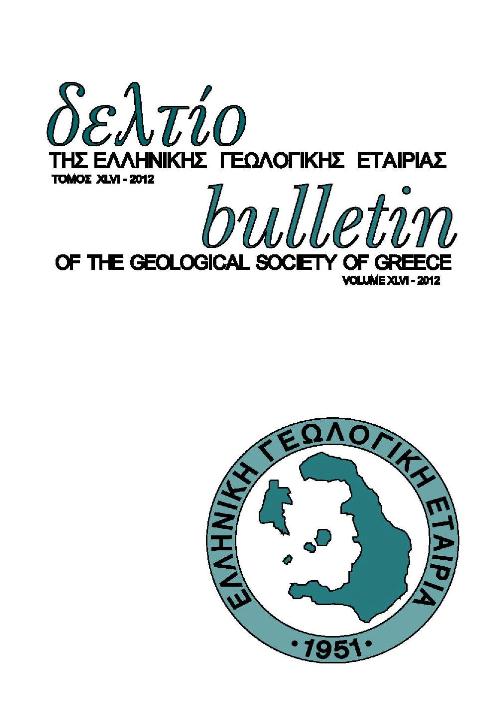Preliminary results of investigations of possible ground deformation structures in the early christian basilica, ancient Lechaion harbour, Corinth, Greece.

Abstract
The Early Christian Basilica of Lechaion, Corinth, located on the western jetty of the ancient Lechaion harbour, was constructed during the late 5th century AD and archaeological excavations suggest that it was destroyed by seismic activity during 551-552 AD. Numerous depressions and buckling structures observed on the Basilica floor are indicative of ground deformation structures, likely associated with liquefaction. In an attempt to investigate the subsurface soil structure, and stratigraphy, a GPR survey and horizontal distribution of ground conductivity along ten selected transects was carried out, supplemented by stratigraphic data as described by archaeological trenches. The results of the study revealed subsurface deformation features providing sufficient indications that allow us to suggest that the surface structures observed on the Basilica floor are the surface expression of earthquake-induced ground liquefaction.
Article Details
- How to Cite
-
Minos-Minopoulos, D., Pavlopoulos, K., G., A., Dominey-Howes, D., & Lekkas, E. (2013). Preliminary results of investigations of possible ground deformation structures in the early christian basilica, ancient Lechaion harbour, Corinth, Greece. Bulletin of the Geological Society of Greece, 47(4), 1769–1778. https://doi.org/10.12681/bgsg.11056
- Section
- Engineering Geology and Geotechnical Engineering

This work is licensed under a Creative Commons Attribution-NonCommercial 4.0 International License.
Authors who publish with this journal agree to the following terms:
Authors retain copyright and grant the journal right of first publication with the work simultaneously licensed under a Creative Commons Attribution Non-Commercial License that allows others to share the work with an acknowledgement of the work's authorship and initial publication in this journal.
Authors are able to enter into separate, additional contractual arrangements for the non-exclusive distribution of the journal's published version of the work (e.g. post it to an institutional repository or publish it in a book), with an acknowledgement of its initial publication in this journal. Authors are permitted and encouraged to post their work online (preferably in institutional repositories or on their website) prior to and during the submission process, as it can lead to productive exchanges, as well as earlier and greater citation of published work.











